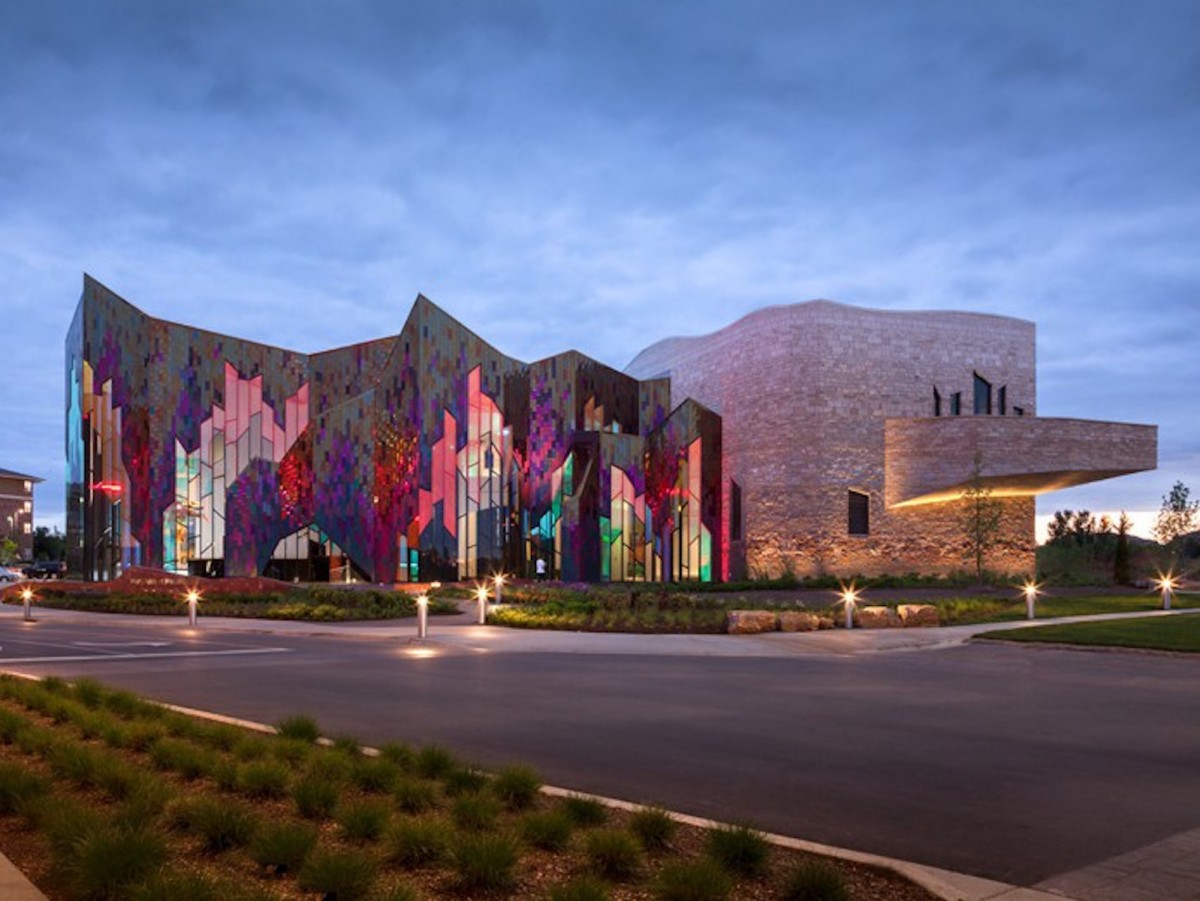Boston-based VernerJohnson, Inc. specializes in planning and designing museums and the outdoor public spaces they occupy. Their planning work involves developing a complete facility program to understand what types of spaces within the museum are required, how large they need to be, and how they need to relate to one another. According to Jonathan Kharfen, AIA LEED Senior Associate at VernerJohnson, the firm relies on ARCHICAD to develop a master plan, which can then be used to assist existing or new museums develop their mission and be successful in achieving it.
“We help the museum administration and board evaluate their long-term goals and create a building that supports those goals. For example, they will need to decide if the museum or visitor center will have a strong educational component in addition to exhibits – such as classrooms, or performance spaces – or whether it will host evening events such as lectures, conferences or cocktail/dinner parties. We use our ARCHICAD model to develop a design that encapsulates their goals and expresses their mission in an engaging and unique way.”
Once that overall goal is established in the master plan, the team at VernerJohnson works to further develop the vision into a full concept design. VernerJohnson also helps develop staffing requirements, an economic strategic plan and on projects where a new facility is being created, VernerJohnson will also assist in site selection.
The process of selecting an appropriate site for the future facility’s needs can be a lengthy one. Such was the case for a visitor center along Route 70 in Riley County Kansas. The firm worked on several different site options before the project began. VernerJohnson’s planning and site selection portfolio also includes the National Museum of African American History and Culture on the Mall in Washington, D.C.
But site selection is only a part of what VernerJohnson specializes in and offers their clients. Museums, public spaces, libraries aren’t just a haven for school field trips and group outings. Almost all of VernerJohnson’s museums have an outdoor component or park setting nearby. For example, the Museum at Prairiefire took advantage of its natural wetlands surroundings, and the Tampa Bay Center is ideal for outdoor activities such as festivals and nature talks. VernerJohnson creates outdoor spaces that not only work seamlessly with the existing environment but also respond best to the needs of the surrounding community and audience.
The trend in museum design leans toward making the museum space function as more than a museum.
“As architects, the design process is a favorite part of our work. Museums offer a terrific challenge in that they have a variety of spaces, and need to be open at a range of hours for the different events that they host. Some of our clients are getting very creative in marketing their spaces. They are now in demand as rental spaces, since they provide a unique combination of feeling civic, yet inviting. They don’t have that cold, courthouse feeling – making them suitable for a wedding or private party.”
Striking lobbies and event spaces can help a museum entity diversify their purpose and extend the building’s usefulness beyond normal business hours. No longer is the museum a daytime only destination – as many museums today design with restaurants, cafes and a place that could house a gathering of adults, professionals, etc… so that their nightlife is just as active.
In Kansas, the relatively new Museum at Prairiefire’s rental sales have gone far beyond expectations – a pleasant, financially appealing fact that Kharfen attributes not only to the museum’s special relationship with New York’s American Museum of Natural History and their exclusive traveling exhibits but also to the uniqueness of the space.
“The educational component of a museum’s mission is a given. They all host expert lectures and open themselves to school field trips. So the idea is to give the architecture that edge – that special quality that makes it stand out and helps it have a life almost of its own.”
VernerJohnson prepares all the planning documents on each and every museum project in ARCHICAD. All construction documents come from the model from schematic design and design development through construction administration.
VernerJohnson created an intricate, sloping, exposed steel ceiling at Prairiefire, but needed to incorporate a sprinkler system, without its being conspicuous. Kharfen says that without BIM, that task would have been impossible and adds that he knows that ARCHICAD will support future projects as well.
“Our designs have complex geometries and intersections. Because of this, building issues can arise with other types of software. In ARCHICAD, everything comes together well without issue. In the case of Prairiefire, the interior, as well as the exterior were all designed in 3D. Modeling was absolutely critical.”
“We have always considered ARCHICAD a great asset to our firm. The more we use it, the more this becomes evident. ARCHICAD has made it possible for our being considered for a project overseas that requires BIM. We know that because of the ability for ARCHICAD to collaborate with other programs and provide 3D details throughout the design process, we will be successful on that project as well.”
This international project involves a fairly new concept in museum design – taking the museum away from the “stand-alone” building and incorporating it into a larger complex, similar to yet even more integrated than what was created with the Museum at Prairiefire. An array of office, commercial, retail and hospitality spaces, as well as a museum will be housed in one large mixed use development. The challenging goal requires VernerJohnson to create something that is civic-minded, while connected to a retail and commercial environment.
The firm feels up to the task with ARCHICAD in their toolbox.






